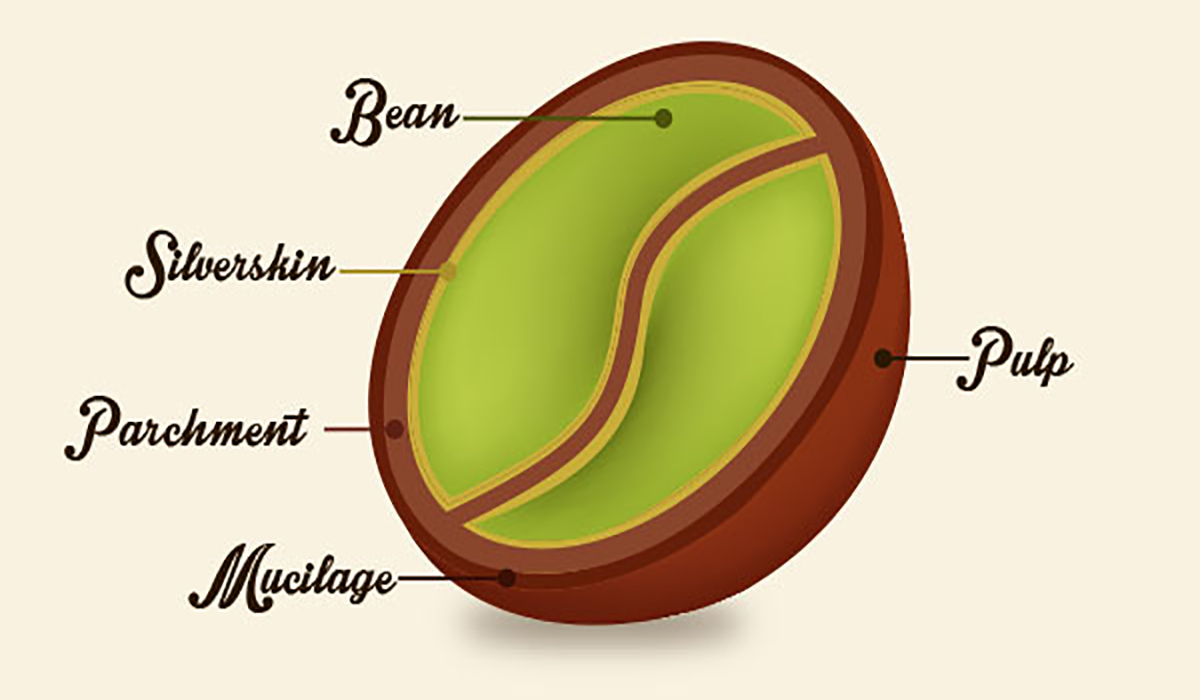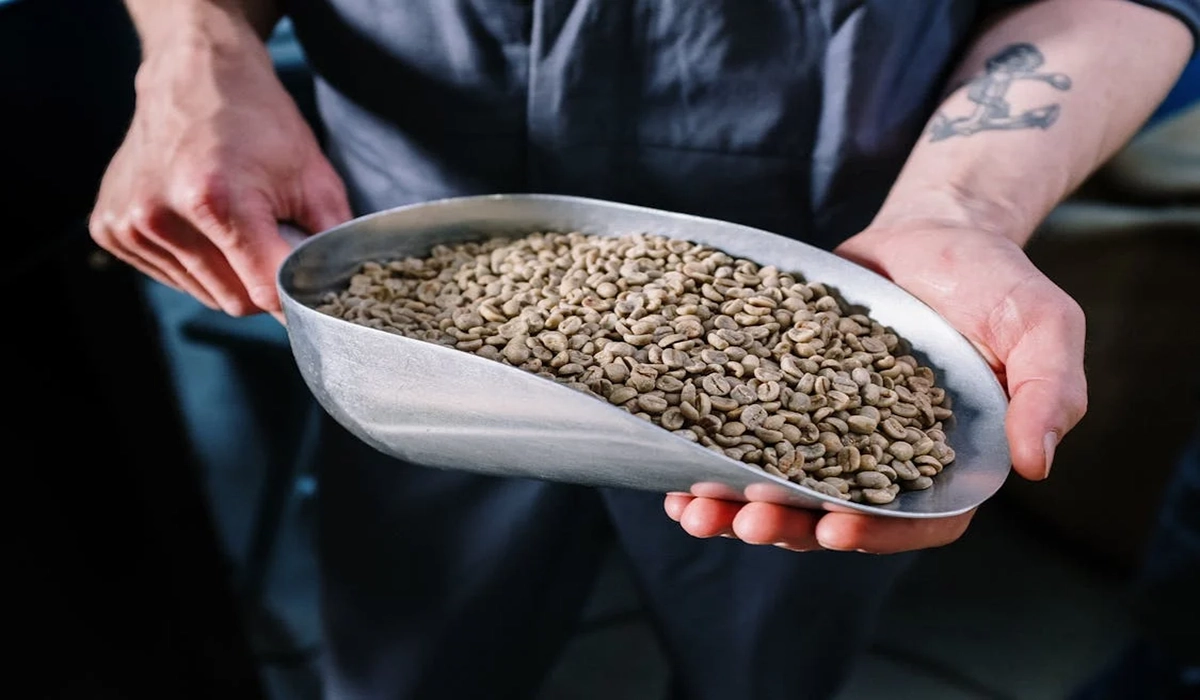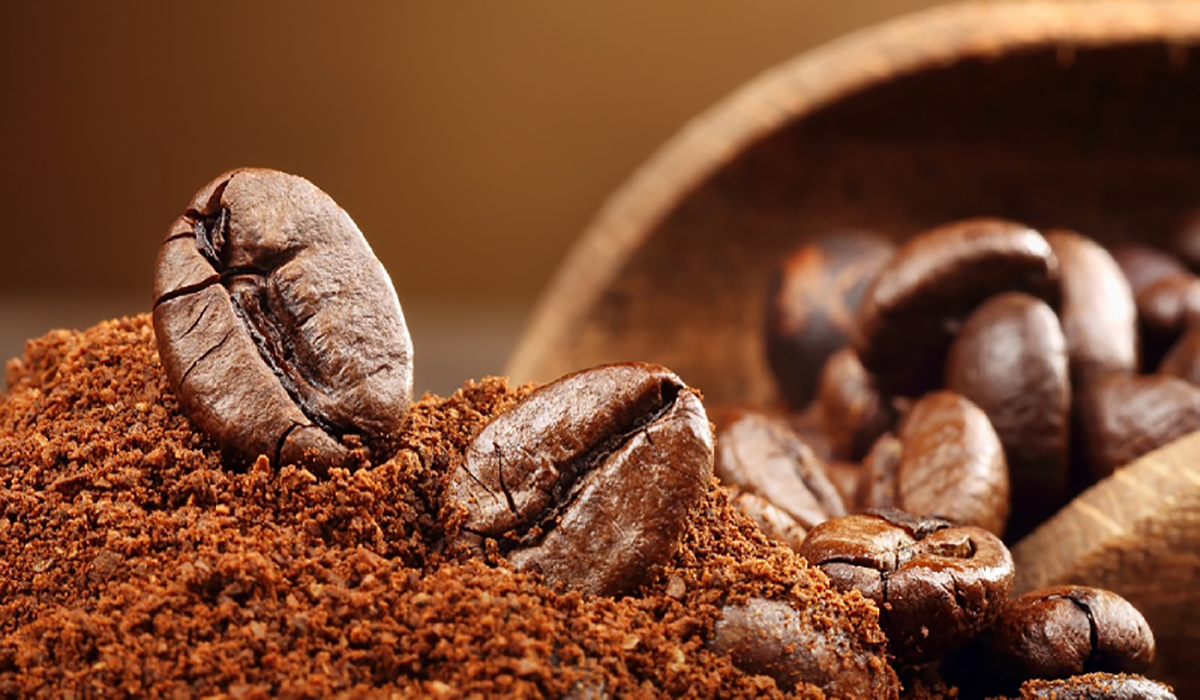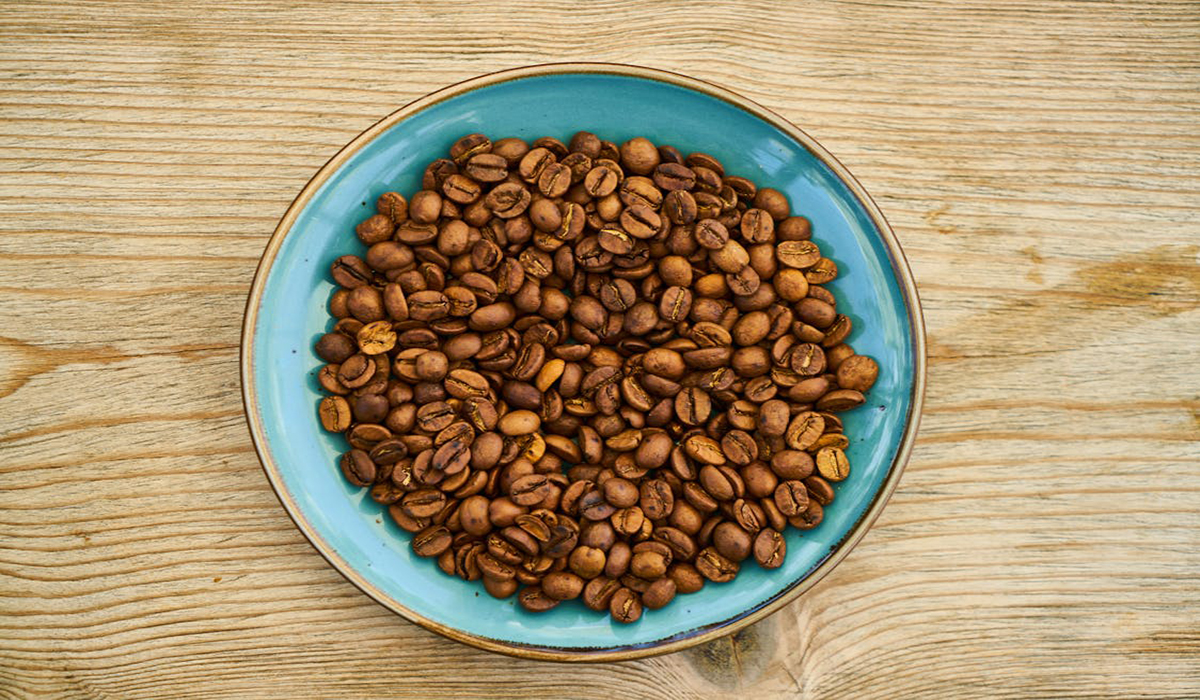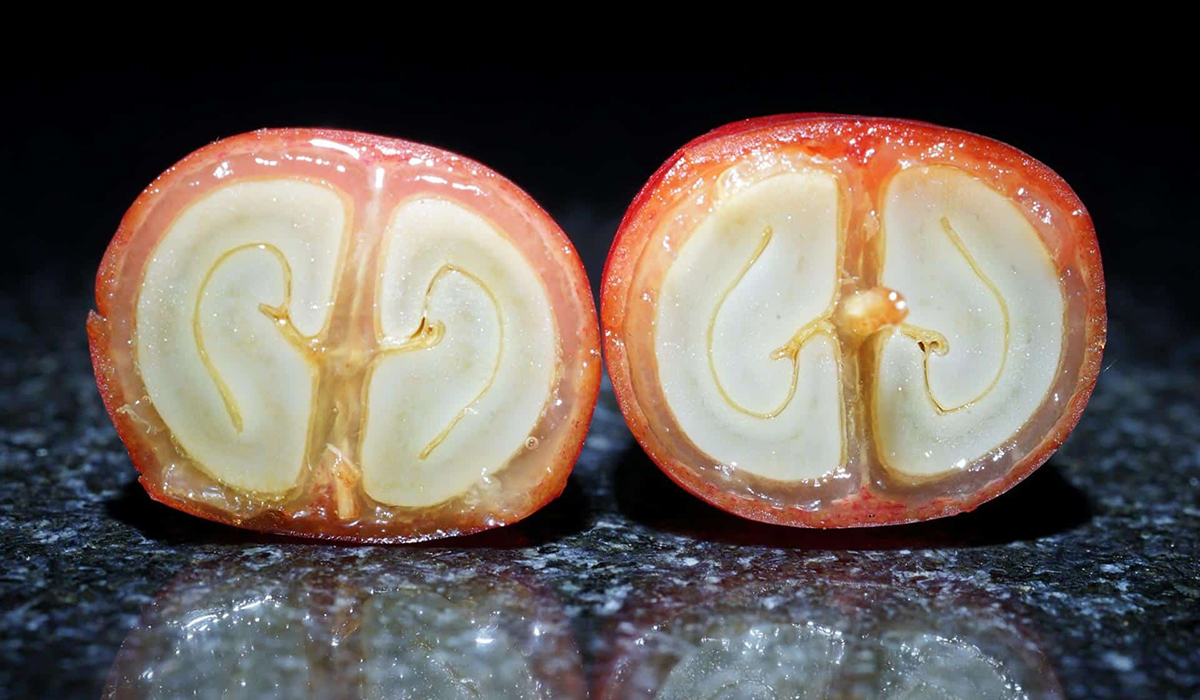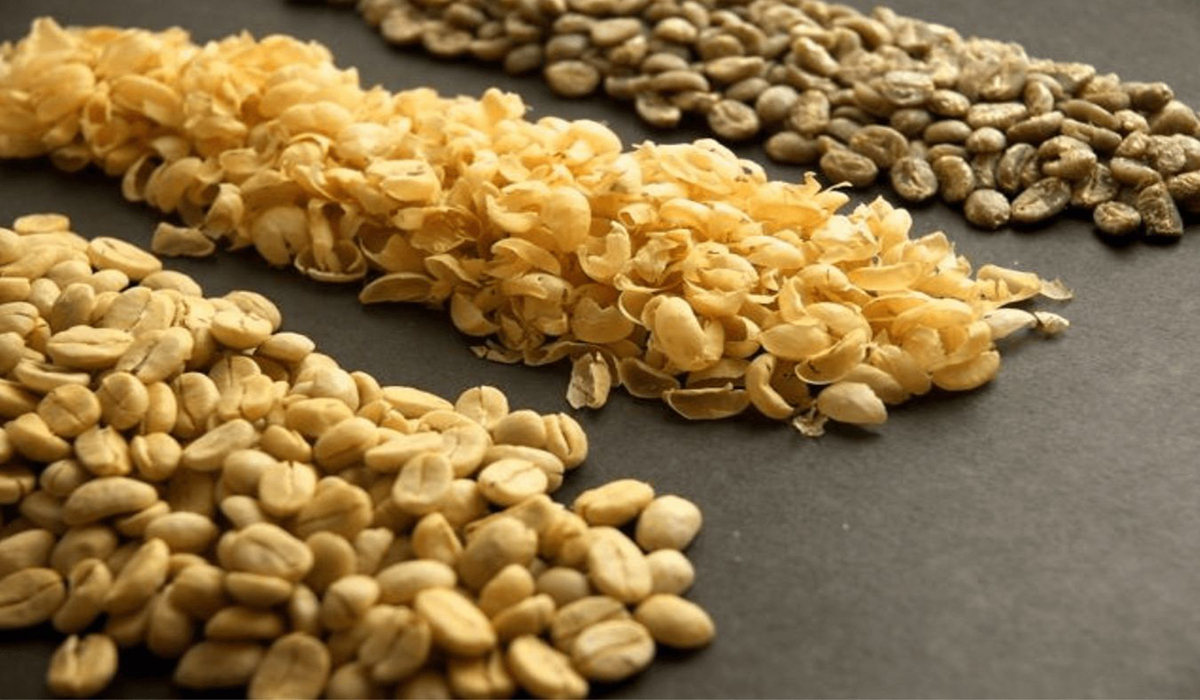What Is Coffee Mucilage and Why Is It Important in Coffee Processing?
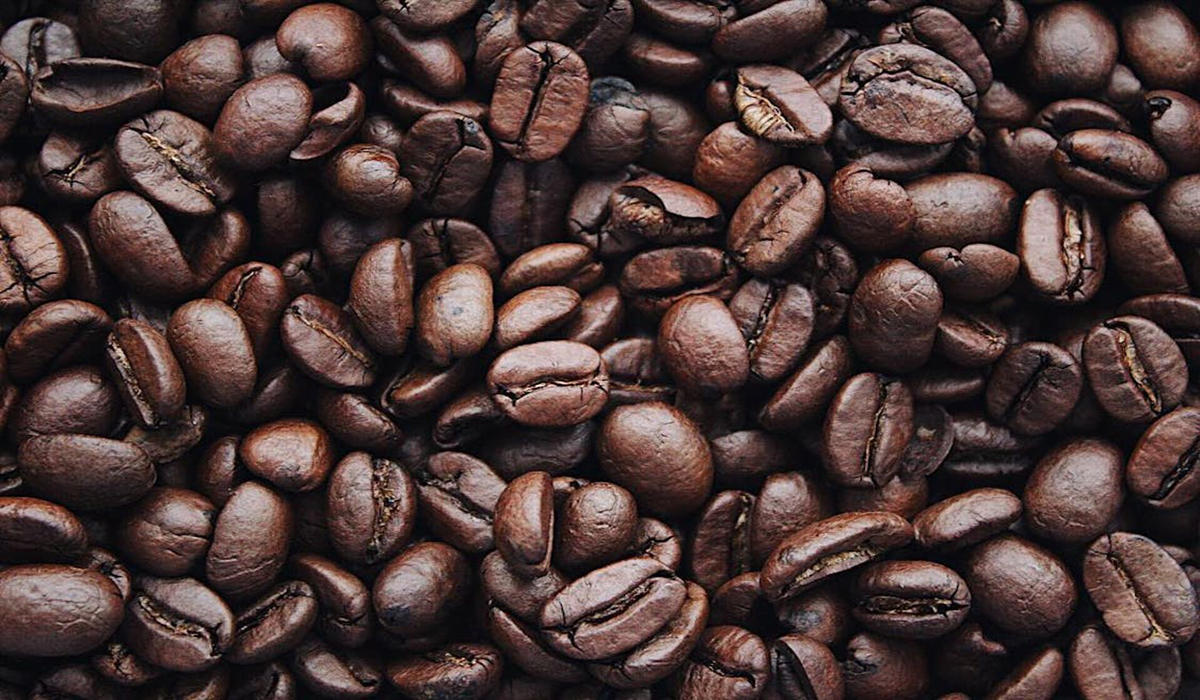
When we talk about coffee mucilage and what coffee mucilage is, we are referring to a natural layer that surrounds the coffee bean. This sticky and semi-transparent layer is one of the components of the coffee bean that plays a vital role in protecting the bean and shaping the final flavor of the coffee.
The structure of coffee mucilage consists of various compounds, each with a specific function—water, with 84.2 percent, has the largest share; proteins rank second with 8.9 percent; and reducing sugars, pectate, and minerals make up the remainder of the composition.
It is this unique composition of coffee mucilage that gives it its adhesive properties and plays an important role in protecting the bean against environmental damage. During the growth process of the coffee plant, coffee mucilage plays an essential role in nourishing and protecting the developing beans. This protective layer acts like a natural shield and stores the essential nutrients for the growth of the bean.
Interestingly, coffee mucilage undergoes numerous chemical changes throughout the fruit ripening period, each of which impacts the final quality of the coffee bean. Experienced farmers use the color and texture changes of coffee mucilage to determine the optimal harvesting time.
What is Coffee Mucilage?
Coffee mucilage is a sticky and sweet layer located between the outer skin and the parchment layer of the coffee bean. This layer mainly consists of sugars, pectin’s, and cellulose and plays an important role in coffee processing and flavor development.
The Role of Mucilage in Coffee Flavor and Aroma
The aroma and flavor of coffee are directly related to how coffee mucilage is managed during processing. When coffee mucilage is completely and properly removed from the bean, the result is coffee with a brighter flavor and balanced acidity. This process is well demonstrated in the washed method, which is common in Central American countries and Kenya.
Professional coffee makers understand the remarkable effect the presence of coffee mucilage during fermentation has on the final flavor profile. Leaving part of the coffee mucilage on the bean creates a different pathway for flavor development. In semi-washed or honey methods, popular in countries such as Brazil and Ethiopia, coffee mucilage remains on the bean in a controlled manner.
This technique allows the sugars in the coffee mucilage to gradually penetrate the bean, creating a sweeter and more complex flavor. Deep knowledge about mucilage behavior at this stage is essential for producing high-quality coffee.
Methods of Removing Mucilage in Coffee Processing
There are two main methods for removing mucilage from coffee beans:
-
Natural Fermentation: In this method, coffee beans are placed in water tanks after depulping so that microorganisms and enzymes break down the mucilage. This process usually lasts between 12 to 36 hours and requires careful monitoring to prevent over-fermentation.
-
Mechanical Separation: This method employs devices such as the “AquaPulper” to mechanically remove mucilage. These machines use friction to separate mucilage from the beans and consume less water compared to fermentation.
Today, in the coffee industry, these two main methods for removing coffee mucilage each have their advantages and challenges. The traditional method, known as natural fermentation, uses the activity of microorganisms to break down the coffee mucilage.
In this method, coffee beans are kept in specialized tanks at temperatures between 12 to 34 degrees Celsius, where natural bacteria and enzymes begin decomposing the mucilage layer. This process usually takes 12 to 36 hours and requires close supervision to prevent over-fermentation.
The other method, mechanical separation of coffee mucilage, is performed using advanced machinery. The AquaPulper device, a pioneer in this technology, utilizes friction between the beans and internal parts to separate the mucilage. This method is faster and gives roasters greater control over the process.
However, some believe that mechanically removing coffee mucilage can affect the complexity of the final flavor. The choice between these two methods depends on factors such as production volume, available resources, and the desired flavor profile.
The Impact of Mucilage on Coffee Flavor
The amount of mucilage remaining on coffee beans can influence the final flavor profile:
-
Washed Method: In this method, mucilage is completely removed, resulting in clearer flavors and higher acidity in the coffee.
-
Honey Method: In this method, part of the mucilage remains on the beans, increasing sweetness and producing a fuller body in the coffee.
New Applications of Coffee Mucilage in Industry
Beyond its role in coffee processing, mucilage has other applications:
-
Production of Antioxidant Beverages: Coffee mucilage, rich in antioxidants, has the potential to be used for producing healthy drinks.
-
Natural Fertilizer: Due to its organic content, mucilage can be used as fertilizer to improve soil quality.
Once considered merely a by-product, coffee mucilage now holds a special place in various industries.
Research has shown that this substance is rich in antioxidants and phenolic compounds with anti-inflammatory and antibacterial properties. The food and pharmaceutical industries use coffee mucilage in the production of new products.
Parto Padideh Company, active in supplying specialty coffees, emphasizes the importance of proper mucilage management in coffee production, recognizing the significance of quality processing. In agriculture, coffee mucilage is used as a natural fertilizer and soil enhancer.
The rich nutrient composition of coffee mucilage improves soil structure and increases its fertility. Furthermore, researchers are exploring the use of coffee mucilage in biofuel production. These new applications not only help preserve the environment but also enhance the economic value of the coffee production process.
Challenges in Managing Coffee Mucilage in Cafés
Professional café owners and roasters face specific challenges related to coffee mucilage. One of the most important is determining the right time to remove coffee mucilage. If mucilage is removed too early, beans will not have enough time to absorb nutrients and develop flavor.
Conversely, delaying mucilage removal may lead to over-fermentation and unwanted flavors. Environmental temperature, humidity, and storage conditions all affect the mucilage decomposition process and require careful monitoring. Another challenge is managing the waste produced from mucilage removal.
Large cafés produce significant volumes of coffee mucilage daily, which must be properly managed. Some industry pioneers have proposed innovative solutions for reusing this waste. For example, coffee mucilage can be used in compost production, as raw material for food industries, and even in cosmetic products. This approach not only helps protect the environment but can also become a new income source for cafés.
The Future of Technology in Managing Coffee Mucilage
Technological advancements have opened new horizons in managing coffee mucilage. New smart devices can precisely measure the amount of mucilage remaining on the bean and automatically adjust its removal process. Advanced sensors continuously monitor fermentation conditions and issue necessary alerts.
These technologies help café owners better control the processing and produce consistently high-quality products. Researchers are working on new methods to extract valuable compounds from coffee mucilage. The use of modern technologies such as supercritical extraction and membrane filtration has increased the efficiency and purity of by-product separation.
Moreover, the use of artificial intelligence in predicting optimal fermentation conditions and harvest timing has improved process accuracy and efficiency. These advances promise a future in which no part of coffee mucilage goes to waste.
Conclusion
Coffee mucilage is an integral part of producing quality coffee. A deep understanding of its role and importance, as well as proper mucilage management methods, is essential for every professional café owner. With technological progress and increased awareness of the value of this natural substance, the coffee industry is moving toward more sustainable and efficient methods.


